In the vast and diverse kingdom of mammals, size often captures our attention. From towering elephants to majestic whales, the animal kingdom boasts a remarkable range of sizes. However, amidst the giants, there exists a fascinating world of diminutive creatures that defy expectations. In this comprehensive exploration, we delve into the realm of the smallest mammals on Earth, uncovering their unique characteristics, habitats, and evolutionary adaptations. Join us on a journey to discover nature’s tiny marvels and gain a newfound appreciation for the intricacies of life on a miniature scale.
Top 10 Smallest Mammals
1. Etruscan Shrew (Suncus etruscus)

With an average length of just 3.5 centimeters and a weight of around 1.8 grams, the Etruscan shrew holds the title of the world’s smallest mammal by mass. Found in various habitats across Europe, Asia, and Africa, these diminutive creatures possess a voracious appetite, consuming up to twice their body weight in food each day. Despite their tiny size, Etruscan shrews are formidable predators, preying on insects, spiders, and even small vertebrates.
2. Kitti’s Hog-nosed Bat (Craseonycteris thonglongyai)
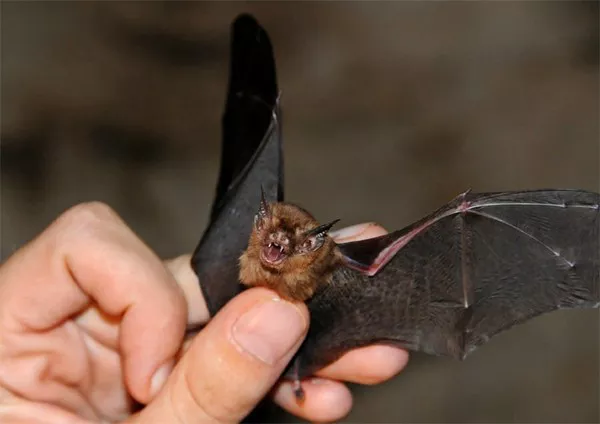
Also known as the bumblebee bat, Kitti’s hog-nosed bat is the smallest mammal by skull size, with a cranial length of just 1.14 centimeters. Native to limestone caves in Thailand and Myanmar, these tiny bats have a wingspan of around 15 centimeters and weigh approximately 2 grams. Despite their diminutive stature, bumblebee bats are skilled flyers, navigating through the darkness of caves in search of insects to feed on.
3. Bumblebee Mouse (Micromys minutus)
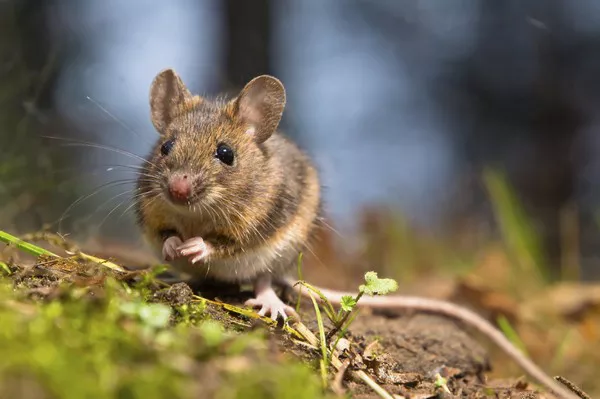
Weighing in at a mere 2 to 6 grams, the bumblebee mouse is one of the smallest rodents in the world. Found in Europe and Asia, these tiny mammals inhabit grasslands, marshes, and agricultural fields, where they feed primarily on seeds and insects. Despite their small size, bumblebee mice are agile climbers and adept at navigating through dense vegetation in search of food and shelter.
4. Pygmy Jerboa (Salpingotulus michaelis)
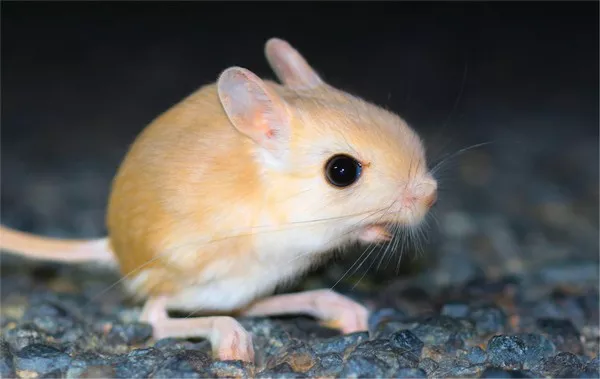
The pygmy jerboa is a tiny rodent native to the deserts of Central Asia, with a body length of just 4 to 6 centimeters and a weight of around 3 to 4 grams. Known for their long hind legs and hopping locomotion, pygmy jerboas are adapted to life in arid environments, where they feed on seeds and vegetation. Their distinctive appearance and behavior make them a fascinating subject of study for scientists interested in desert ecology and adaptation.
5. Etruscan Pygmy Shrew (Suncus etruscus)
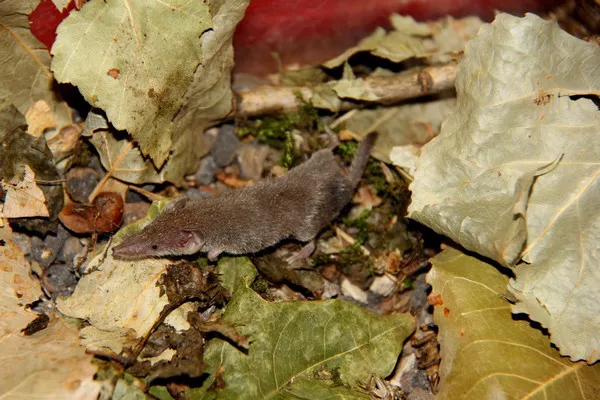
Similar in size to the Etruscan shrew, the Etruscan pygmy shrew is one of the smallest mammals by mass, weighing just 1.2 to 2.7 grams. Found in various habitats across Europe, Asia, and Africa, these tiny shrews are active hunters, preying on insects, spiders, and other invertebrates. Despite their small size, Etruscan pygmy shrews play a crucial role in ecosystem dynamics, helping to control insect populations and maintain ecological balance.
6. American Pygmy Shrew (Sorex hoyi)
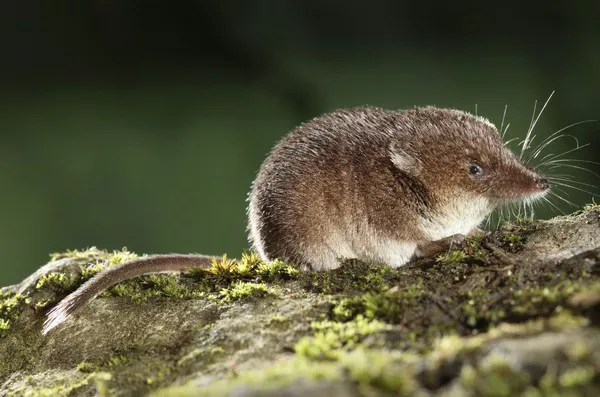
Native to North America, the American pygmy shrew is one of the smallest mammals in the region, with a body length of around 3 to 5 centimeters and a weight of approximately 3 to 5 grams. Despite their diminutive size, these tiny shrews are voracious predators, feeding on insects, worms, and small invertebrates. Their high metabolism and rapid energy expenditure make them constantly on the hunt for food to sustain their active lifestyle.
7. Pygmy Marmoset (Cebuella pygmaea)
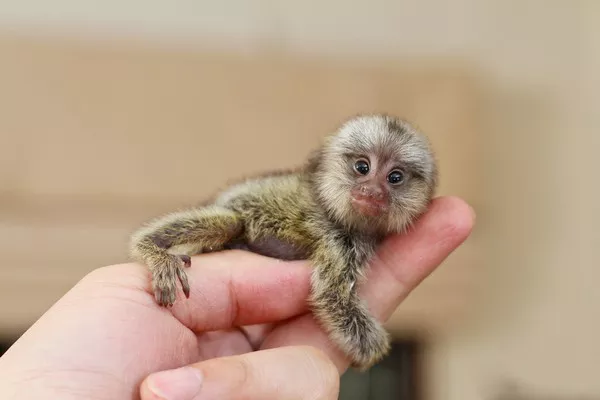
Found in the rainforests of South America, the pygmy marmoset is the world’s smallest monkey, with an average weight of around 100 to 140 grams and a body length of approximately 14 to 16 centimeters. Despite their small size, pygmy marmosets are highly social animals, living in family groups consisting of multiple generations. Their diminutive stature and agile movements enable them to navigate through the dense vegetation of the rainforest canopy with ease.
8. Least Weasel (Mustela nivalis)
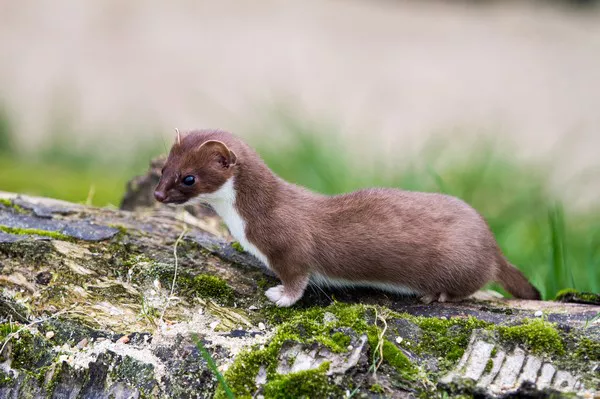
The least weasel is the smallest carnivore in the world, with a slender body measuring around 17 to 22 centimeters in length and weighing just 25 to 35 grams on average. Found in various habitats across Europe, Asia, and North America, these tiny predators are skilled hunters, preying on small mammals, birds, and insects. Despite their small size, least weasels are fearless hunters, capable of taking down prey much larger than themselves.
9. Northern Pygmy Owl (Glaucidium gnoma)
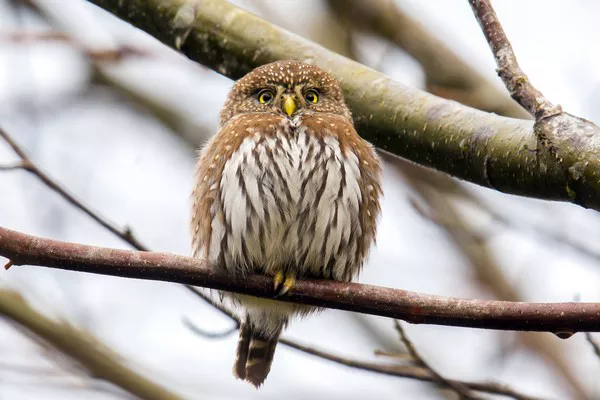
Measuring around 15 to 17 centimeters in length and weighing approximately 60 to 70 grams, the northern pygmy owl is one of the smallest owl species in North America. Found in coniferous forests and woodlands, these tiny owls are skilled hunters, preying on small mammals, birds, and insects. Despite their diminutive size, northern pygmy owls are formidable predators, using their keen senses and stealthy hunting tactics to capture prey.
10. European Water Shrew (Neomys fodiens)
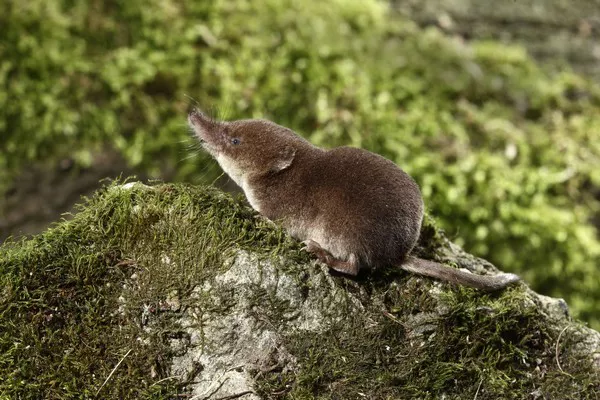
The European water shrew is one of the smallest mammals in Europe, with a body length of around 7 to 10 centimeters and a weight of approximately 7 to 15 grams. Found in wetland habitats across Europe and Asia, these tiny shrews are well-adapted to aquatic environments, where they feed on aquatic invertebrates and small fish. Despite their small size, European water shrews are excellent swimmers and divers, using their streamlined bodies and webbed feet to navigate through water with ease.
Conclusion
From miniature bats and rodents to tiny primates and carnivores, the world of small mammals is teeming with diversity and wonder. Despite their diminutive size, these tiny creatures play crucial roles in their respective ecosystems, contributing to biodiversity and ecological balance. As we continue to explore and study the fascinating world of mammals, let us not overlook the importance of these small but mighty creatures in the tapestry of life on Earth.
You Might Be Interested In:



























